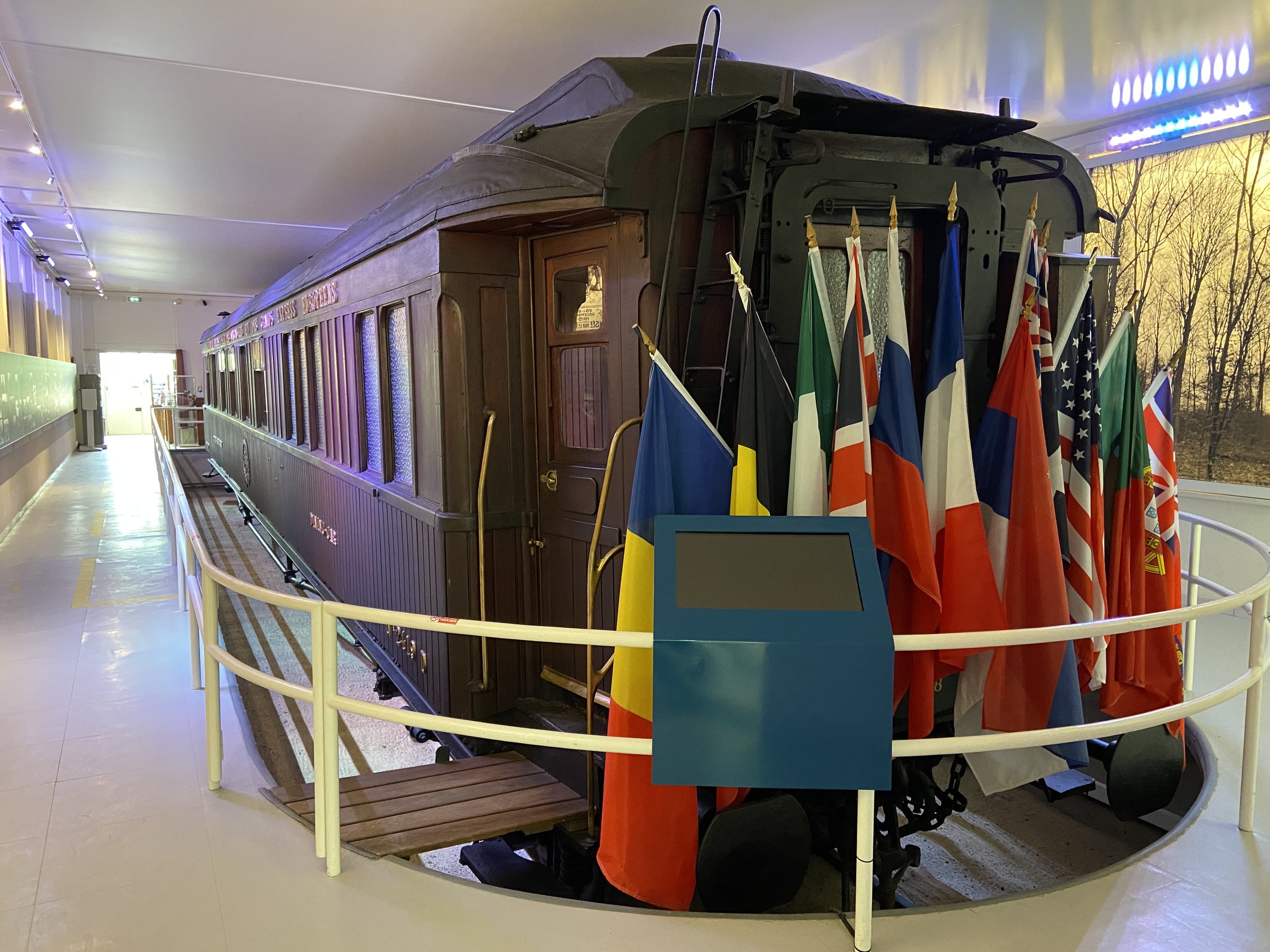For many of us who are regular attendees at the Last Post, not being under the Menin Gate itself for the ceremony has been rather odd to say the least. However, we know that essential restoration work is needed so that the Gate can continue to stand for another 100+ years.
Here is an update from the Commonwealth War Graves on the progress being made:
The first year of work on the Commonwealth War Graves Commission's iconic Ypres (Menin Gate) Memorial has been successful with the completion the restoration of the main hall. As a result from 8 April until 8 May, we will be removing the scaffolding under the main hall.
To guarantee safety, the Gate will be closed to all motorized traffic during this time. The pedestrian tunnels will remain open while the scaffolding is removed.
From 09 May 2024, The Last Post Ceremony will return to its original location and the name panels in the main hall will be visible again.
The scaffolding surrounding the Gate will remain until the end of the works, which are on schedule to complete in 2025. The names on other parts of the memorial will remain inaccessible during this time.
The Menin Gate Moments exhibition will remain in place on the ramparts while the works continue, and free education materials are available at https://www.cwgc.org/our-work/outreach/learning resources/
Summary of the completed work:
1. The name panels have been restored and repaired where necessary. Only 2 of the 1,200 panels needed to be replaced.
2. The vault and ceilings have been completely restored and repainted.
3. The bronze oculi (round openings in the ceiling) have received a protective treatment. 4. Cabling for new lighting and sound system has been installed.
5. The steps in the stair towers were removed, repaired and replaced.
6. Where necessary, stone repairs have been carried out on the lion on the roof of the memorial.
7. A temporary roof was recently installed on the Menin Gate to allow the roof work to be carried out.
What’s coming next?
1. Work on the facades of the monument continues with the replacement of damaged bricks and repointing of the entire memorial.
2. Repairs and repainting of the North and South galleries.
3. Removal, restoration and installation of the bronze balustrades.
4. Internal concrete repairs.
5. Application of new waterproof layer on the roof.
6. Installation of the eco-roof.
7. Installation of new lighting and suitable pigeon protection.
For more information visit: https://www.cwgc.org/our-work/menin-gate-memorial/restoring-the menin-gate/




















